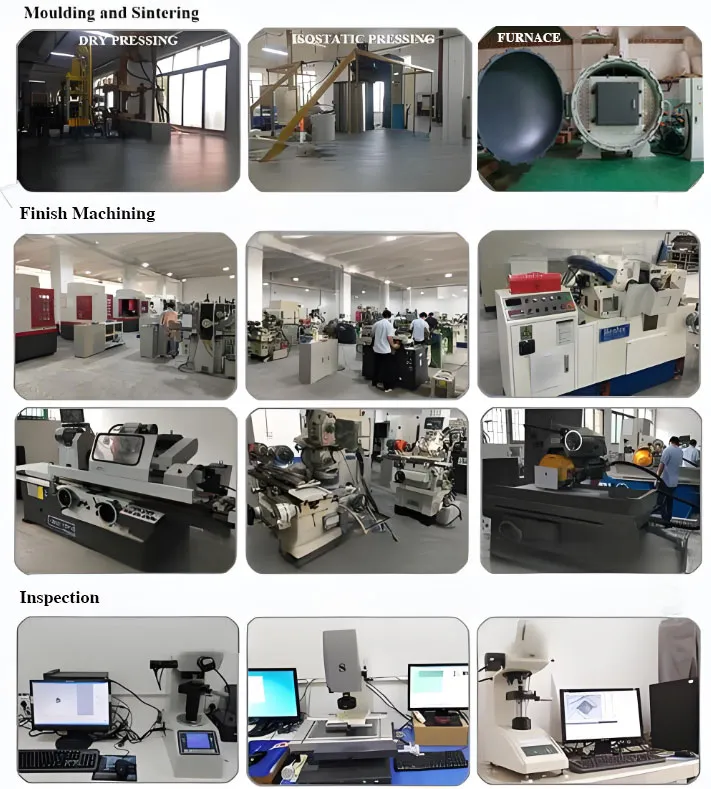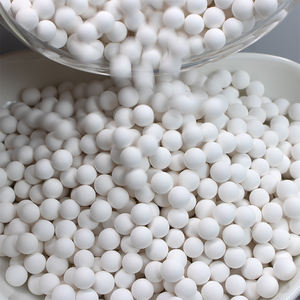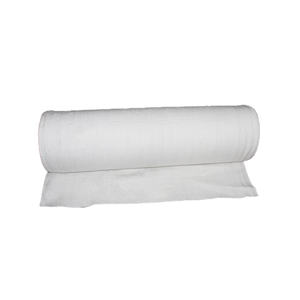Discover Premium Ceramic Products | Durability & Elegance United | Advanced Ceramics
1. Introduction
In the past 48 hours, industry analysts reported a surge in global demand for high-purity silicon carbide ceramics, driven by advancements in semiconductor manufacturing and clean energy technologies. This renewed interest underscores the critical role of materials like the silicon carbide crucible in modern industrial processes. Known for exceptional thermal conductivity, chemical inertness, and resistance to thermal shock, silicon carbide crucibles are indispensable in metallurgy, glassmaking, and laboratory settings.

Beyond industrial use, silicon carbide is also gaining traction in consumer ceramics—think durable baking dishes, elegant dinner plates, and even plumbing components. This versatility makes understanding silicon carbide crucibles more relevant than ever.
2. What Is a Silicon Carbide Crucible?
A silicon carbide crucible is a high-performance container made from silicon carbide (SiC), a compound of silicon and carbon. These crucibles are engineered to withstand extreme temperatures—often exceeding 1,600°C (2,912°F)—without deforming or reacting with molten metals or aggressive chemicals.
Thanks to their robust structure, silicon carbide crucibles offer longer service life compared to graphite or clay-graphite alternatives. They’re commonly used in foundries for melting aluminum, copper, brass, and precious metals, as well as in research labs for high-temperature synthesis.
3. Key Properties and Advantages
Silicon carbide crucibles stand out due to several key characteristics:

- Exceptional thermal shock resistance
- High thermal conductivity for efficient heating
- Low thermal expansion
- Excellent corrosion resistance against slags and fluxes
- Mechanical strength even at elevated temperatures
These traits make them ideal for applications where reliability and consistency are non-negotiable. For instance, rbsic silicon carbide tile blocks and silicon carbide ceramic columns often complement crucibles in furnace linings, enhancing overall system durability.
4. Silicon Carbide vs. Other Advanced Ceramics
When comparing materials, engineers often weigh silicon carbide against boron carbide and silicon nitride. Boron carbide vs silicon carbide debates usually center on hardness—boron carbide is harder—but silicon carbide offers better thermal conductivity and is more cost-effective for large-scale applications like crucibles.
Meanwhile, silicon nitride ceramics excel in fracture toughness and are preferred for components like silicon nitride rings, custom silicon nitride heat shields, and silicon nitride plates used in aerospace. However, silicon nitride crucible factories are fewer, and the material is generally more expensive. High purity silicon nitride powder market growth reflects its niche but critical role in precision engineering.
5. Beyond Crucibles: The Expanding World of Silicon Carbide Ceramics

Silicon carbide’s utility extends far beyond industrial crucibles. Manufacturers now produce a wide array of consumer and technical products, including:
- Silicon carbide ceramic baking dish and silicon carbide ceramic casserole dish with lid for oven-safe cookware
- Silicon carbide ceramic dinner plates, salad bowls, and serving platters—available in black, white, and even festive designs like silicon carbide christmas ceramic platter
- Silicon carbide ceramic ramekins and butter dishes with lids for gourmet kitchen use
- Silicon carbide ceramic plates for painting and children’s tableware due to their chip resistance
Brands like Staub have even inspired lines such as silicon carbide baking dish staub, blending performance with aesthetics.
6. Technical Components and Industrial Parts
In engineering contexts, silicon carbide appears in highly specialized forms:
- Silicon carbide discs and silicon carbide ceramic grinding disc for precision machining
- Silicon carbide ceramic disk taps and quarter-turn taps for durable plumbing
- Silicon carbide ceramic pipes and tubes—including silicon carbide thermocouple protection tubes and porous ceramic tubes for filtration
- Silicon carbide tube furnace components and silicon carbide mullite tube hybrids for extreme environments
These parts benefit from the same core properties that make silicon carbide crucibles reliable: stability, hardness, and thermal resilience.
7. Manufacturing and Customization
Producing a silicon carbide crucible involves sintering fine SiC powder under high heat and pressure. Additives like silicon nitride may be introduced to enhance certain properties, leading to composite materials tailored for specific uses.
Customization is common—whether it’s a silicon carbide ring for sealing applications or a handcrafted ceramic plate for artisanal dinnerware. The rise of silicon carbide ceramic plates and bowls in both industrial and domestic markets shows how adaptable this material truly is.
8. Conclusion
From melting metals in foundries to serving holiday meals on silicon carbide ceramic dinnerware, the silicon carbide crucible represents just one facet of a remarkably versatile ceramic. Its unmatched performance in high-temperature environments, combined with growing innovation in consumer and technical applications, ensures silicon carbide will remain a cornerstone of advanced ceramics for years to come.
Our Website founded on October 17, 2012, is a high-tech enterprise committed to the research and development, production, processing, sales and technical services of ceramic relative materials such as What. Our products includes but not limited to Boron Carbide Ceramic Products, Boron Nitride Ceramic Products, Silicon Carbide Ceramic Products, Silicon Nitride Ceramic Products, Zirconium Dioxide Ceramic Products, etc. If you are interested, please feel free to contact us.

